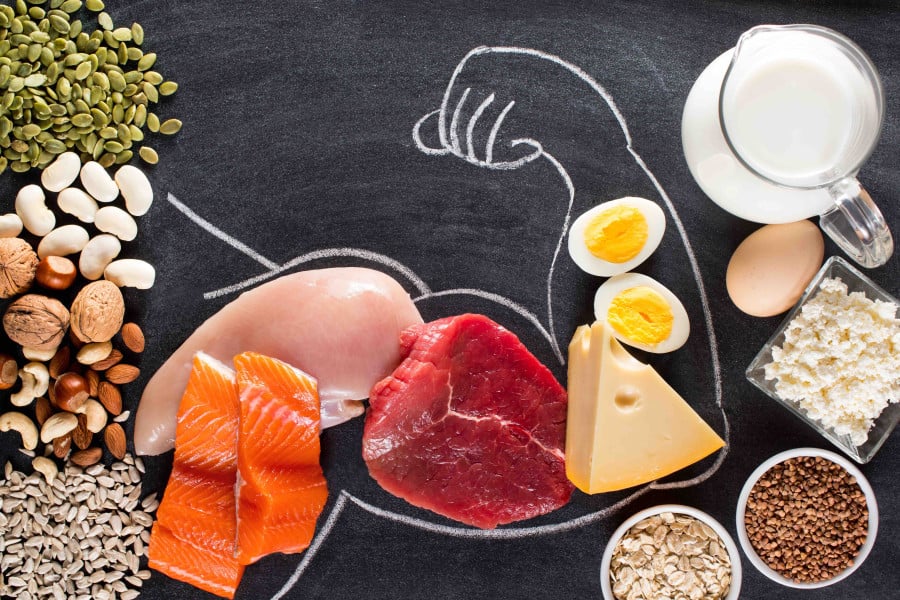Contamination & Doping: Is The UFC's Approach To 'Reporting Limits' Fairer Than WADA's?

For years, signatories have urged the World Anti-Doping Agency (WADA) to implement reporting limits (or "thresholds") so that the unknowing ingestion of prohibited substances at ultra-low levels via contamination does not ruin the lives and careers of innocent athletes.1 Support for the implementation of "thresholds" for well-known contaminants has grown with the reality that WADA-accredited laboratories can now detect substances in the low picogram range (parts per trillion), which are levels at which it is not possible to distinguish between the unknowing ingestion of a substance by way of contamination and the intentional ingestion of a substance still present at the "tail-end of excretion".2
The movement within the WADA-community to avoid unduly harsh sanctions against athletes who fall prey to contamination led to the implementation of "Minimum Reporting Limits" this past year for more than a dozen substances. WADA's much-heralded policy change followed the Ultimate Fighting Championship's (UFC) adoption of "Decision Concentration Levels" in 2019 for many of the same substances.
This article compares the different approaches taken by WADA and the UFC as both organizations have adopted policies with the same stated goal: to avoid sanctioning athletes who unknowingly ingest a prohibited substance at ultra-low-levels due to contamination. Specifically it looks at:
To continue reading or watching login or register here
Already a member? Sign in
Get access to all of the expert analysis and commentary at LawInSport including articles, webinars, conference videos and podcast transcripts. Find out more here.
- Tags: Anti-Doping | Contamination | Prohibited List | UFC Anti-Doping Policy | Ultimate Fighting Championship's (UFC) | WADA Code | World Anti-Doping Agency (WADA)
Related Articles
- Assessing contamination and thresholds under the World Anti-Doping Code: an advocate’s view on Lawson v IAAF (CAS 2019/A/6313)
- Lawson v. IAAF: a view from the perspective of athletes' counsel
- Anti-doping - Examining contamination cases
- Contamination cases: Is the ‘narrow corridor’ for athletes starting to widen? (the Shayna Jack first instance decision)
- Comparing Approaches to Anti-Doping: WADA, MLB, NBA, NHL, NFL & UFC: Part 1
Written by
Paul J. Greene
pgreene@globalsportsadvocates.com | @greenesportslaw
Paul J. Greene, Esq. is a U.S. based sports lawyer who protects the rights of athletes in disputes, including those charged in anti-doping proceedings. Paul has been recognized by Chambers USA and Super Lawyers as one of America’s top sports lawyers.




